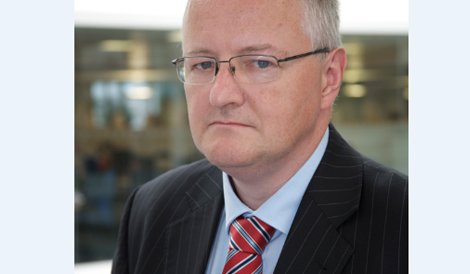Ever since The Green Grid introduced the concept of Power Usage Effectiveness (PUE) in the February 2007 paper Green Grid Metrics: Describing Data Center Power Efficiency there has been widespread debate. To commercial hosting providers it has often been a challenge to cater for customer’s desire to apply a measure for ‘green-ness’. Many providers have older facilities with a considerable investment already sunk and cannot readily re-engineer to chase a perfect PUE of 1.0.
Providers should consider why customers (and more importantly prospects) use and will continue to use PUE to inform their buying choices. It is important to accept that protesting about the use of PUE is not the best strategy.
Why customers like simple metrics
Procurement organizations like to make fact-based decisions. When it comes to facilities there are some obvious measures that apply:
- What does it cost per month / year per square meter for a set number of years?
- What does electricity cost per month / year for the equipment I want to house?
There may often be an assessment of other quality factors such as accessibility and remote-hands style services but procurement departments prefer to commoditize the items as they are.
Into this mix comes the need for all organizations (including government) to be green; this is where PUE fits the bill perfectly in that it is well defined and simple to understand – smaller is better.
But PUE is deceptive
Although organizations have technical staff or advisers, there is a limit as to how far these skilled individuals can influence final purchasing decisions. Technical advisers can take some account of the difference between the PUE a data hall may be designed for and that at which it is currently operating but it is unlikely to suit any particular provider. Most procurement departments will insist on treating everyone vendor as equally as possible.
It is interesting to read the 2010 paper on Data Centre Energy Efficiency Metrics on the BCS website in which Liam Newcombe compares DCiE (the inverse of PUE) with other options for more versatile measures to be applied; these include separating out fixed and proportional measurements). In this paper Newcombe recognizes the key strength of DCiE (and hence PUE) – it can be clearly communicated and explained to senior management.
Although the paper goes on to make some good points about appropriate of metrics to form a more rounded view of the efficiency of a data center these few points from the summary section are the key messages.
In some respects this is akin to the introduction of data center tiering by the Uptime institute; the simple labelling of a facility as being Tier III or Tier IV was a challenge. What has (broadly) happened is that buyers are setting performance measures for availability which cut to the heart with regards Tiering. It is also the case that the ‘equivalent to Tier III’, ‘Tier III’ and ‘Tier IV’ give a good enough sense of the standards to which a Data Centre is constructed that a would be buyer can filter options according to their perceived need.
Is there another perspective?
If we consider that PUE is here to stay at least for the immediate future it must be embraced not struggled against. Consider the following: a buyer is faced with two options for hosting; one has a PUE of 1.6 (but designed for 1.4) the other is 1.5. If everything else is equal then it is true that the facility with the lowest PUE today is the one that is greenest today! There is no argument. A debate can be had over total lifetime of the contract and rates at which data halls get filled but at a moment in time the lowest PUE is the better choice.
If we consider PUE as a market force then, from a buyer’s perspective, many providers have moved from providing a qualified PUE score almost under protest in 2010 to many now leading with their PUE scores. There have been several articles (and not just about Google) about new facilities opening up in the UK with very low PUE. There are many suppliers who have recognised the challenge of established facilities having relatively high PUE and are engaged in multi-year plans to update their infrastructure and drive down the PUE of their hosting year on year.
From a market perspective this is the desired outcome – a constraint drives behaviour that initially resists then is changed. Many organizations now see the goal of low PUE as being an opportunity and not a threat – and that is how it should be.
In summary then, PUE is widely used and will continue to be – this should be seen as part of the modern environment and hosting providers should respond accordingly.
The views expressed above are those of Tony Jones, IT expert at the PA Consulting Group.

